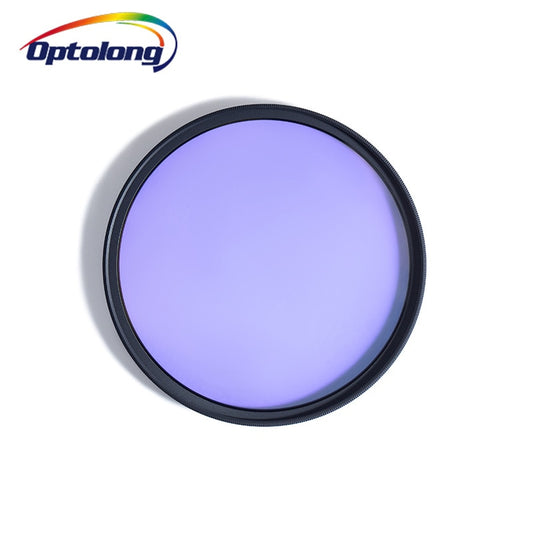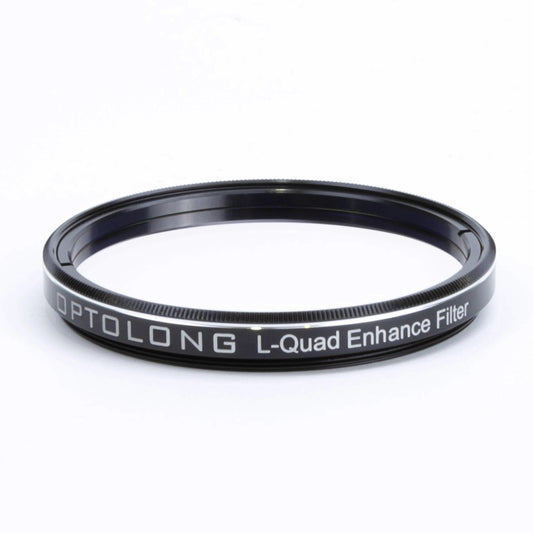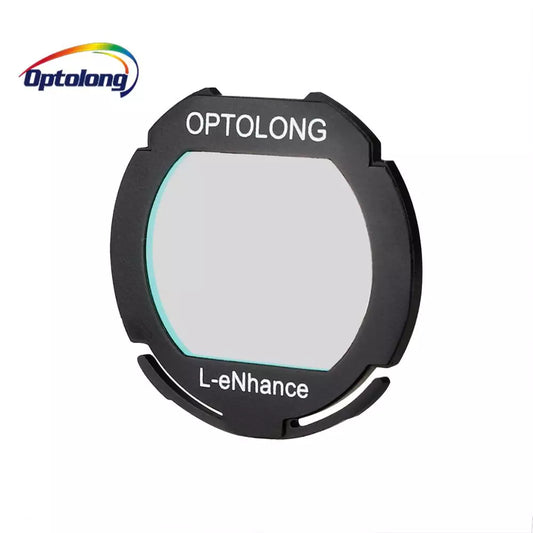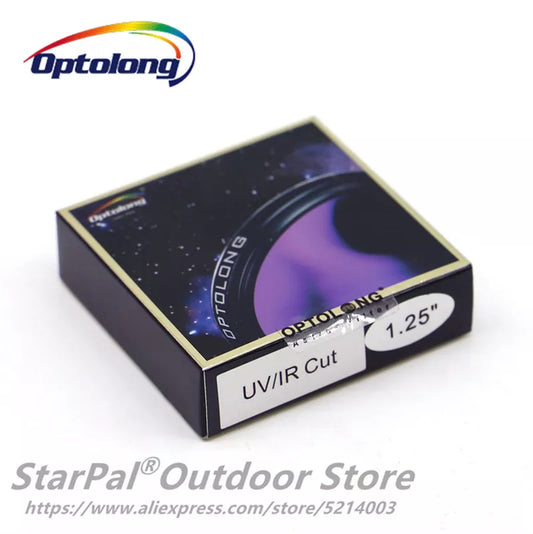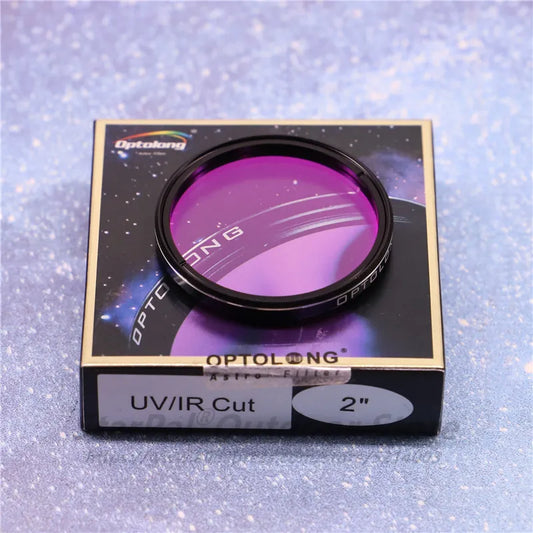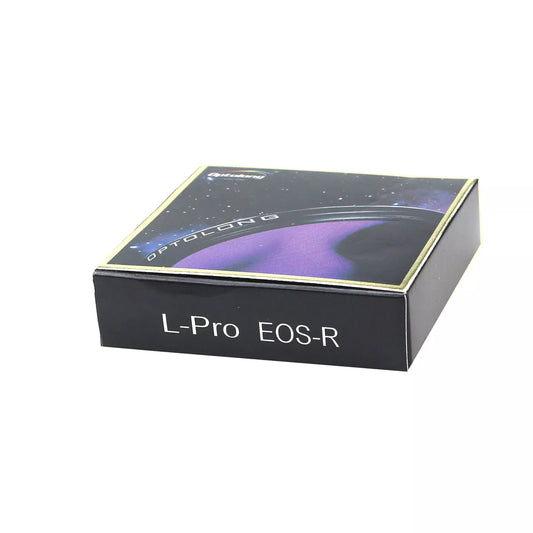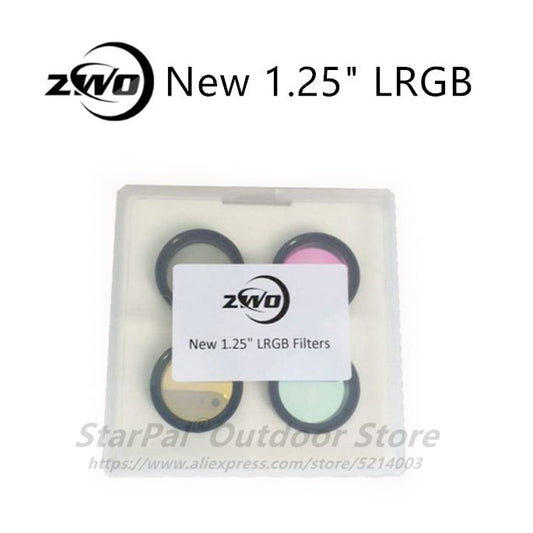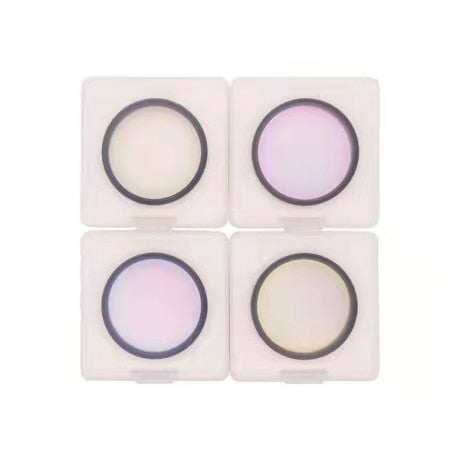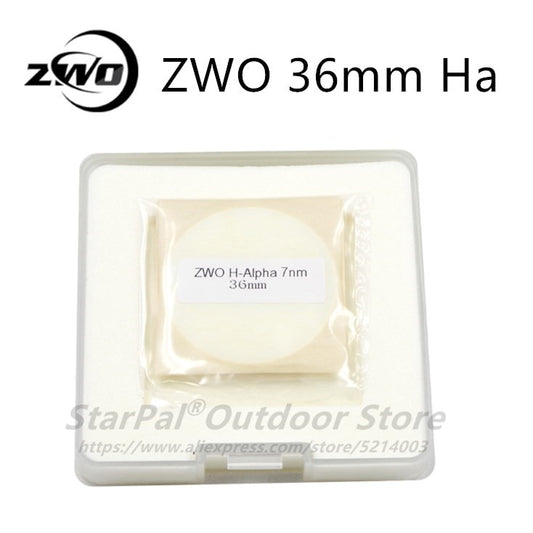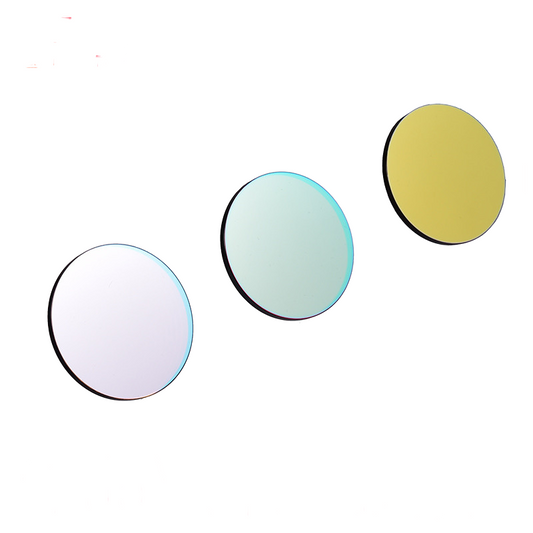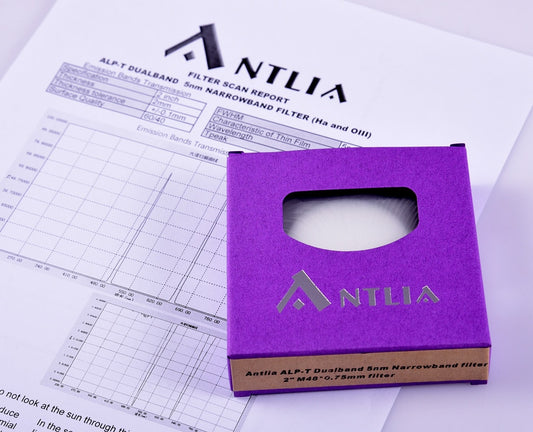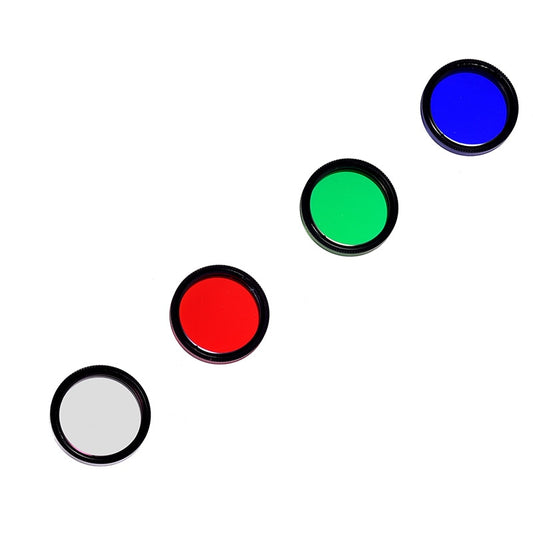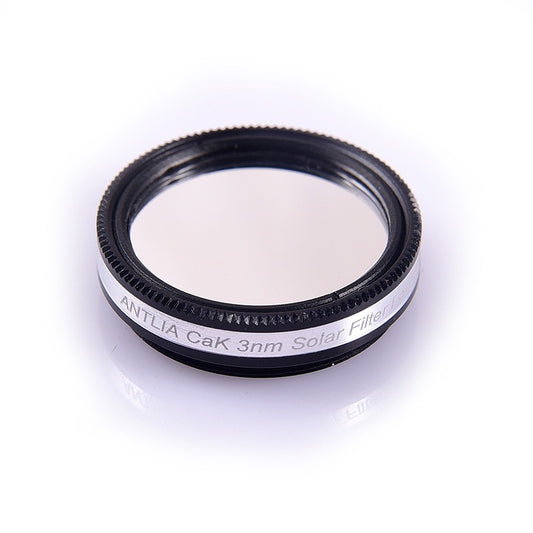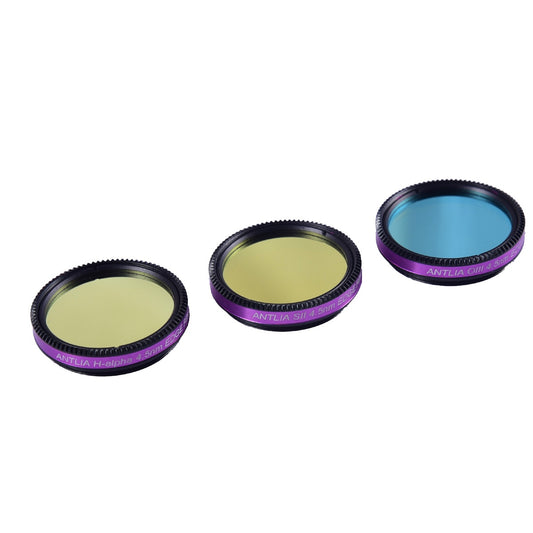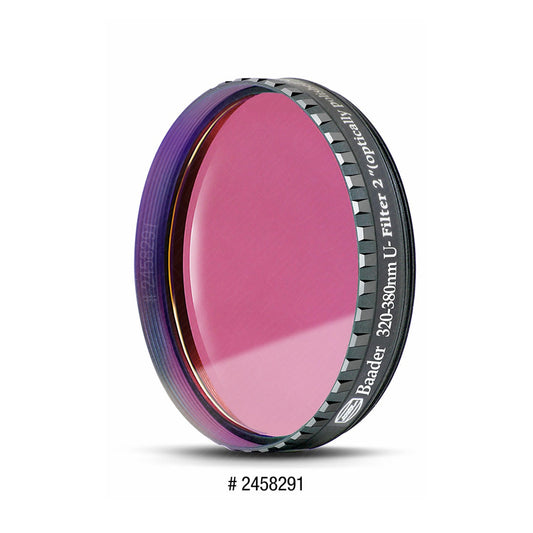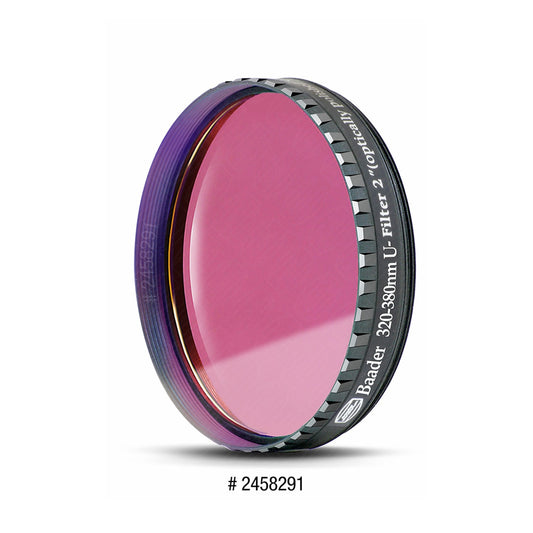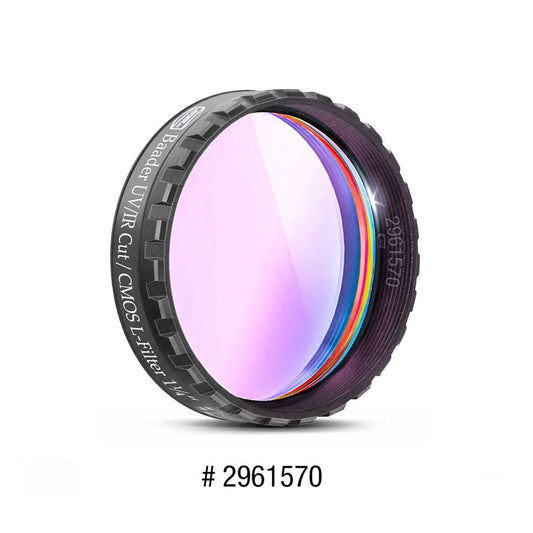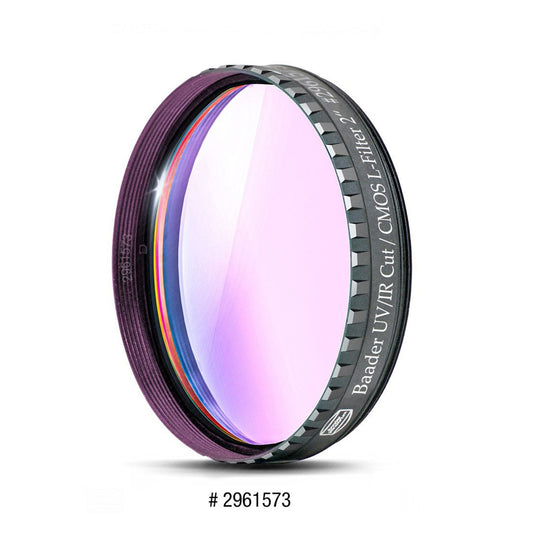Best Filters for Galaxies: Enhancing Your Astrophotography Experience
Galaxies are among the most captivating and awe-inspiring objects in the universe. Photographing these massive collections of stars, gas, and dust requires skill, patience, and the right equipment. One important tool that can help enhance your astrophotography experience is the use of filters. In this guide, we'll explore the best filters for galaxies and how they can help you capture stunning images of these celestial objects.
Why Use Filters for Galaxies?
Filters are essential tools for astrophotography. They selectively block certain wavelengths of light while allowing others to pass through. This helps to reduce light pollution and enhance the contrast of your images, making it easier to capture details in the night sky. When it comes to photographing galaxies, filters can help to bring out the colors and details of these vast structures, allowing you to create stunning images that capture the beauty of the universe.
Best Filters for Galaxies
L-Pro Filter
The L-Pro filter is one of the most popular filters among astrophotographers. It's a broadband filter that selectively blocks light pollution while allowing specific wavelengths of light to pass through. This makes it an ideal filter for capturing both deep-sky objects like galaxies and planets. The L-Pro filter can enhance the contrast of your images, making it easier to capture details in the night sky.
UHC Filter
The UHC filter is another popular filter for astrophotography. It's a narrowband filter that selectively blocks out specific wavelengths of light, including those that are associated with light pollution. The UHC filter can enhance the contrast of your images and bring out the details of galaxies, making it an ideal filter for astrophotographers looking to capture stunning images of these celestial objects.
H-Alpha Filter
The H-Alpha filter is a narrowband filter that selectively blocks out all light except for the hydrogen-alpha wavelength. This makes it an ideal filter for capturing the red emission nebulae that are often found in galaxies. The H-Alpha filter can help to bring out the details and colors of these nebulae, allowing you to create stunning images that capture the beauty of the universe.
OIII Filter
The OIII filter is a narrowband filter that selectively blocks out all light except for the double ionized oxygen wavelength. This makes it an ideal filter for capturing the blue-green emission nebulae that are often found in galaxies. The OIII filter can help to bring out the details and colors of these nebulae, allowing you to create stunning images that capture the beauty of the universe.
Choosing the Right Filter for Your Needs
The best filter for galaxies depends on various factors such as the level of light pollution in your area, the type of galaxy you're photographing, and the quality of your equipment. It's essential to choose the right filter for your specific needs to ensure that you capture stunning images of galaxies.
Conclusion
Filters are essential tools for astrophotographers looking to capture stunning images of galaxies. They can help to reduce light pollution and enhance the contrast of your images, making it easier to capture details in the night sky. By selecting the right filter for your specific needs, you can create stunning images that capture the beauty of the universe. Whether you're an experienced astrophotographer or just starting, using filters can help enhance your astrophotography experience and capture stunning images of galaxies.
More Light Pollution and Filters Topics:
- What Filters do I need for Astrophotography
- Top 10 Best Filters for Astrophotography
- Hydrogen Alpha Filter
- Optolong l-Pro vs l-Enhance vs l-Extreme
- Planetary Filters
- Solar Telescope Filters
- ND Filter for Astrophotography
- Light Pollution Filters for Telescope
- Light Pollution Filter for DSLR
- Astrophotography Filter Drawer
- What Filter to use for Astrophotography
- How to put a Filter on a Telescope
- Best Light Pollution Filter for DSLR Astrophotography
- How does Light Pollution affect the visibility of Stars
- Light Pollution Definition
- Do Light Pollution Filters work
- Light Pollution Filter Astrophotography







